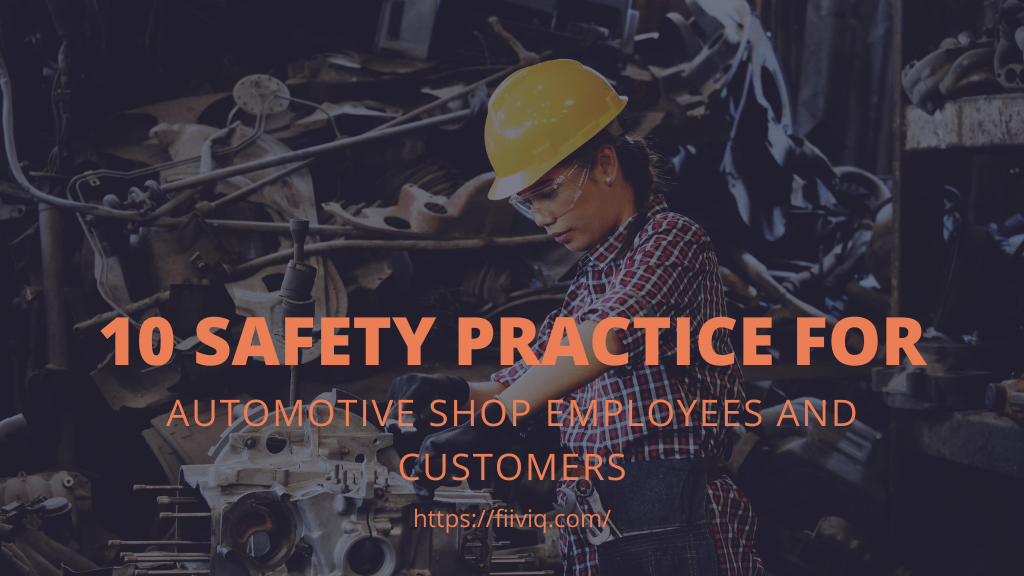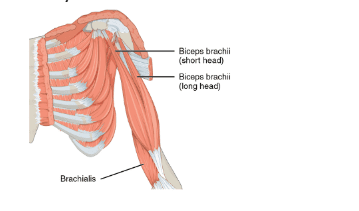Working in an automotive shop comes with its own set of risks, including potential exposure to chemicals, sharp tools, and heavy machinery. As a result, it is crucial to follow strict safety guidelines to ensure both employee and customer safety. In this article, we will discuss the top 10 safety practices for automotive shop employees and customers.
Practice Good Housekeeping
The first safety practice to implement in an automotive shop is good housekeeping. This involves maintaining a clean and organized work environment to reduce the risk of slips, trips, and falls. It is essential to keep floors and walkways clear of debris, tools, and spills. Employees should be encouraged to clean up after themselves and ensure that all tools and equipment are stored appropriately when not in use. Regular cleaning and maintenance of equipment and machinery can also help prevent accidents.
Use Personal Protective Equipment (PPE)
Personal protective equipment, or PPE, is essential in an automotive shop to protect employees from potential hazards. PPE includes safety glasses, hearing protection, gloves, and respirators. All employees should be trained on how to properly use and maintain their PPE to ensure maximum protection. It is the employer’s responsibility to provide the necessary PPE and ensure that it is being used correctly.
Train Employees on Equipment and Machinery
Automotive shops utilize a variety of equipment and machinery, including lifts, air compressors, and power tools. It is crucial to ensure that all employees receive proper training on how to operate this equipment safely. All employees should be trained on the proper use and maintenance of equipment and machinery, and any safety features should be highlighted. Additionally, employees should be instructed on how to properly clean and store equipment and machinery when not in use.
Ensure Proper Ventilation
Automotive shops use a variety of chemicals, such as paints, solvents, and cleaning agents, which can emit harmful fumes. It is crucial to ensure that the shop is adequately ventilated to protect both employees and customers from inhaling these fumes. Ventilation systems should be regularly inspected and maintained to ensure they are functioning correctly. Employees should also be trained on the proper use of personal respirators if necessary.
Use Proper Lifting Techniques
Lifting heavy objects is a common task in an automotive shop, and it is crucial to use proper lifting techniques to avoid injuries. All employees should be trained on proper lifting techniques, including keeping their backs straight, bending at the knees, and using their legs to lift rather than their backs. Additionally, all heavy objects should be properly labeled with their weight, and employees should use lifting equipment, such as lifts or hoists, when necessary.
Follow Proper Lockout/Tagout Procedures
Lockout/tagout procedures are used to ensure the safety of employees when servicing or repairing equipment. These procedures involve disconnecting and isolating equipment from its energy source to prevent accidental startup. All employees should be trained on proper lockout/tagout procedures, and all equipment should be appropriately labeled with the lockout/tagout requirements.
Wear Appropriate Clothing
Wearing appropriate clothing is essential in an automotive shop to protect employees from potential hazards. Loose clothing or jewelry can get caught in machinery, while sandals or open-toed shoes leave feet exposed to potential injuries. All employees should wear appropriate clothing, including closed-toe shoes, long pants, and fitted shirts without dangling accessories. Additionally, hair should be tied back and out of the way.
Maintain a Safe Work Pace
Maintaining a safe work pace is essential in an automotive shop to reduce the risk of accidents. Employees should be trained to work at a safe and steady pace and avoid rushing or taking shortcuts. Rushing can lead to mistakes or accidents, and taking shortcuts can compromise safety procedures.
Practice Fire Safety
Fire safety is crucial in an automotive shop as it contains flammable liquids and other materials that could ignite if exposed to heat sources. It is essential to have fire extinguishers readily available and properly maintained in case of a fire emergency. Employees should also be trained on how to properly use fire extinguishers and what to do in case of a fire.
Implement a Safety Program
Implementing a safety program in an automotive shop can help reduce the risk of accidents and injuries. The safety program should include regular safety meetings, hazard assessments, and employee training. The program should also include a system for reporting and investigating accidents or near misses to identify potential safety hazards.
FAQs
Q: What are some common hazards in an automotive shop?
Common hazards in an automotive shop include exposure to chemicals, sharp tools, heavy machinery, and potential fire hazards.
Q: Who is responsible for providing personal protective equipment?
It is the employer’s responsibility to provide the necessary personal protective equipment and ensure that it is being used correctly.
Q: Why is good housekeeping important in an automotive shop?
Good housekeeping is essential in an automotive shop to reduce the risk of slips, trips, and falls, which are a common cause of accidents and injuries.
Q: What is lockout/tagout, and why is it important?
Lockout/tagout procedures involve disconnecting and isolating equipment from its energy source to prevent accidental startup. It is important to follow lockout/tagout procedures to ensure the safety of employees when servicing or repairing equipment.
Q: How often should safety equipment be inspected and maintained?
Safety equipment, such as fire extinguishers and ventilation systems, should be regularly inspected and maintained to ensure they are functioning correctly. The frequency of inspections and maintenance will depend on the specific equipment and manufacturer recommendations.
Conclusion
In conclusion, implementing these top 10 safety practices for automotive shop employees and customers can help ensure a safe working environment. By following good housekeeping practices, using proper personal protective equipment, training employees on equipment and machinery, ensuring proper ventilation, using proper lifting techniques, following lockout/tagout procedures, wearing appropriate clothing, maintaining a safe work pace, practicing fire safety, and implementing a safety program, you can help reduce the risk of accidents and injuries in your automotive shop.

As the editor of the blog, She curate insightful content that sparks curiosity and fosters learning. With a passion for storytelling and a keen eye for detail, she strive to bring diverse perspectives and engaging narratives to readers, ensuring every piece informs, inspires, and enriches.










